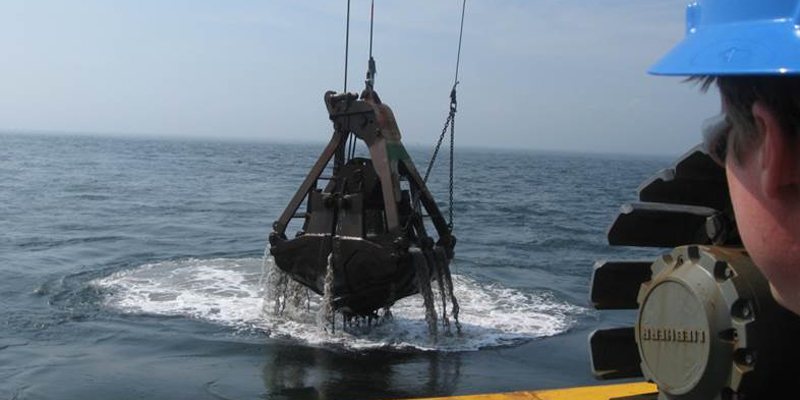Dredging
Dredging projects are located either in open waters or along shoreline areas, with a scope that ranges from simple, generally open water projects, to more complex, large open water or shoreline projects, with proposed upland deposition or disposal sites.
As dredging has the potential to adversely affect the environment in some way, dredging projects must be designed to protect natural resources and habitats during the dredge process. Applicants are required to examine alternative sites and project designs that avoid and reduce impacts to wetlands from dredging, and should develop plans to create or improve wetlands, wetland functions, and aquatic resources to compensate for unavoidable impacts to the environment.
Dredging Project Details
- Permits and Authorizations You’ll Need
- Project-Specific Application Requirements
The following are specific application requirements for typical dredge projects.
Project Description
Your description for a dredging project should include:
- Location and general description of the area to be dredged.
- Type(s) and volume(s) of dredge material.
- Proposed depth of dredge and overdredge at Mean Low Water (MLW).
- The method of dredging/excavation (for example, hydraulic dredging, clam shell bucket, environmental bucket, etc.).
- If the proposed dredging operations will include dewatering, describe the dewatering methodology.
- The location of an upland deposition or disposal site, if dredged material is to be transported there.
- Proposed dredging schedule.
- The potential effects on the tidal bay area, if dredging for inlet management of tidal bays.
Documents to Include
- Joint Application Form
- Test results from the approved Sediment Sampling Plan in a spreadsheet format, and in conformance with TOGS 5.1.9 In-Water and Riparian Management of Sediment and Dredged Material
- Where the dredged material is proposed for use on an upland beneficial use project in the state of New York, the applicant must submit a Beneficial Use Determination (BUD) – see Checklist for BUD Submissions
- Where a project involves the proposed use of dredge material for beach placement or use on a restoration project site that has not yet been permitted, provide supplemental drawing information as applicable per NYS DEC’s Drawing Checklist for Development in Tidal Wetland Adjacent Areas
- For land deposition on property not owned by the applicant, provide a signed letter of acceptance from the property owner.
- For disposal or placement of dredged material at a landfill, brownfield or previously approved restoration project site, provide a signed letter of acceptance from the receiving facility.
Guidelines on Drawing Information/Content for Dredging Projects
See NYS DEC’s Drawing Checklist for Dredging Projects for a list of what to include on each drawing listed below:
- Site Location Map
- Site Photos and Photo Location Map
- Bathymetric Survey and Proposed Dredge Plan
- Agency Contacts
- Resources
Designing a Sediment Sampling and Analysis Plan
New York State Department of Environmental ConservationTOGS 5.1.9 In-Water and Riparian Management of Sediment and Dredged Material
